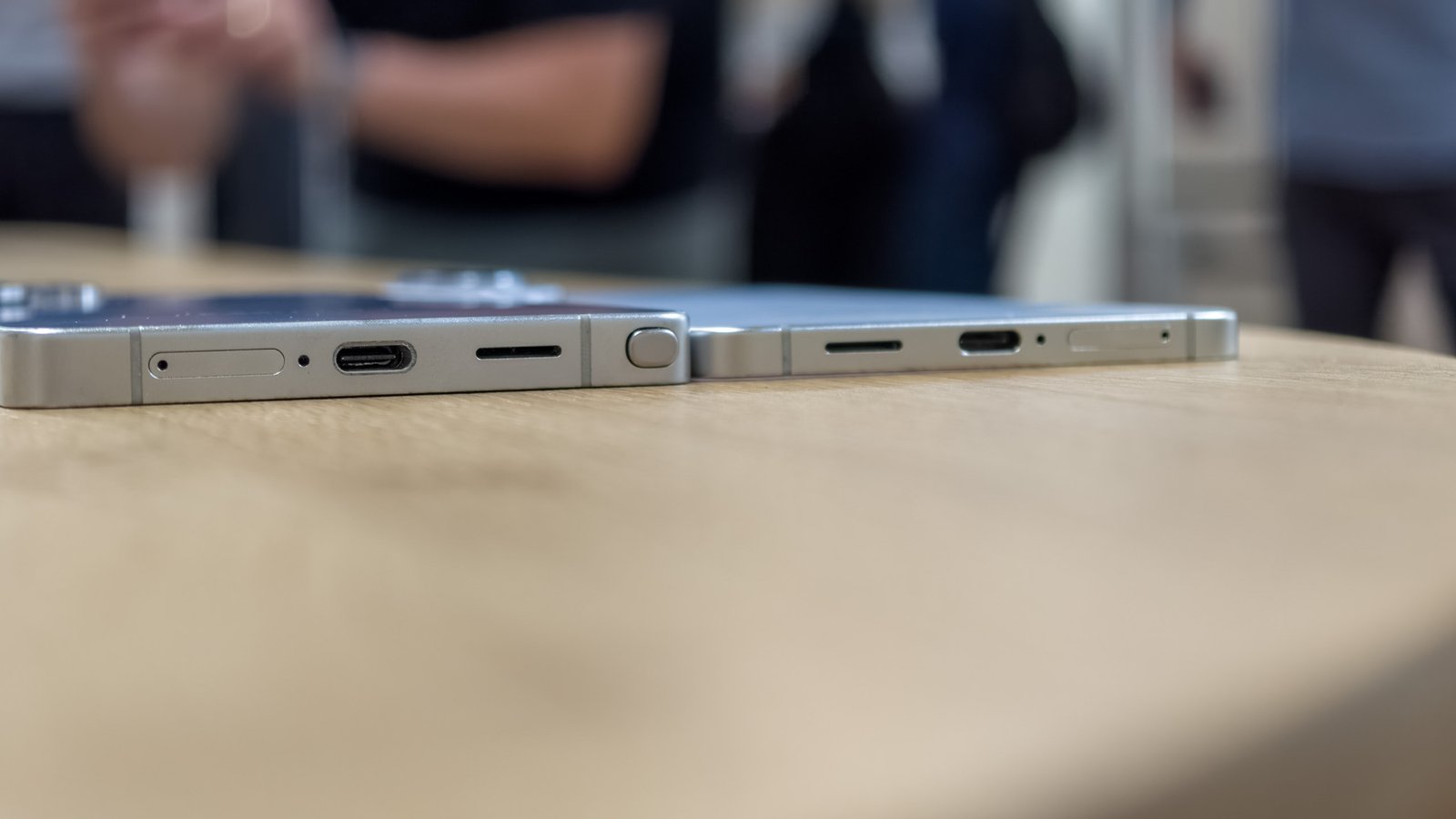Samsung has officially unveiled the Galaxy S25 Edge, marking the release of its thinnest smartphone yet. This device boasts a striking 6.7-inch AMOLED display, a rear 200MP main camera paired with a 12MP ultrawide camera, comprehensive Corning Gorilla Armor 2 protection, and features the top-of-the-line Snapdragon 8 Elite processor for elite performance.
While it impressively sits within a sleek 5.8mm frame and runs on the exceptional One UI 7, there’s a significant drawback that could frustrate many users: a small battery coupled with relatively slow charging capabilities.
Despite Samsung’s outstanding software experience and the feature-rich Galaxy AI, its hardware team appears to be lagging behind in battery and charging technology. Although they could enhance this with faster charging, the company seems reluctant to catch up with competitors in that area as well.

In contrast, brands like Honor and OnePlus have long adopted silicon-carbon batteries, which allow for denser, more efficient batteries that can endure extreme temperatures and charge more swiftly than the standard Li-Ion batteries utilized by Samsung.
The silicon-carbon anode mitigates the swelling risks associated with pure silicon batteries—a concern Samsung is keen to avoid following the Galaxy Note 7 incident—and can enhance battery density by roughly 13%. This means that had Samsung opted for silicon-carbon, the Galaxy S25 Edge could have housed a 4,400mAh battery instead of its current 3,900mAh Li-Ion option.
Considering that many modern Android devices feature battery capacities between 5,000mAh and 6,000mAh, the S25 Edge is likely to deliver below-average battery life. Samsung has confirmed to Android Central that the Galaxy S25 Edge uses the same battery materials as the rest of the S25 series. To be fair, this battery is only 100mAh smaller than the base Galaxy S25, which, while not exceptional, does offer reasonable battery life.
A small battery is already a challenge, but 25W charging from 2020 makes it even worse.
Though Samsung could compensate for the limited battery with ultra-fast charging, the company seems hesitant to prioritize that innovation. Instead, the S25 Edge tops out at 25W, which is considerably less than what competitors like Honor are providing with their 4.4mm thin Honor V3, resulting in limited quick charging capabilities.
To create a truly successful ultra-thin flagship smartphone, a manufacturer must excel in four crucial areas: processing power and thermal management, camera capabilities, battery lifespan, and charging speed. Samsung appears to excel in the first two aspects, thanks to the Snapdragon 8 Elite, a thinner and broader heat chamber, and a 200MP main camera. However, I have significant reservations about the latter two factors.
If any other Android manufacturer—such as Vivo, Xiaomi, Honor, OnePlus, or Motorola—had produced this phone, I believe they could have successfully integrated all four elements. Unfortunately, Samsung’s reluctance to embrace modern battery technology and charging speeds is once again limiting the potential greatness of its latest flagship, which is truly disappointing.
